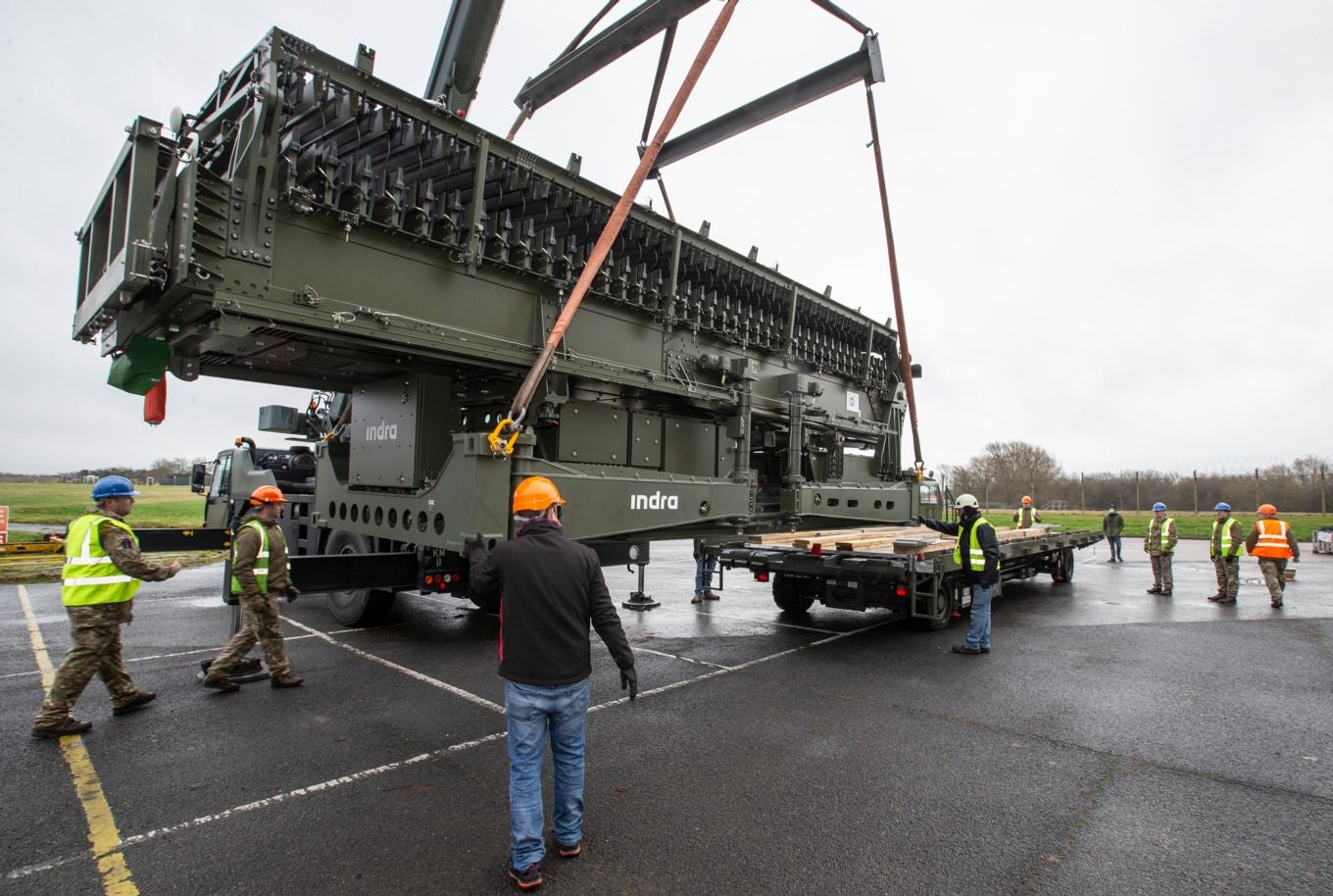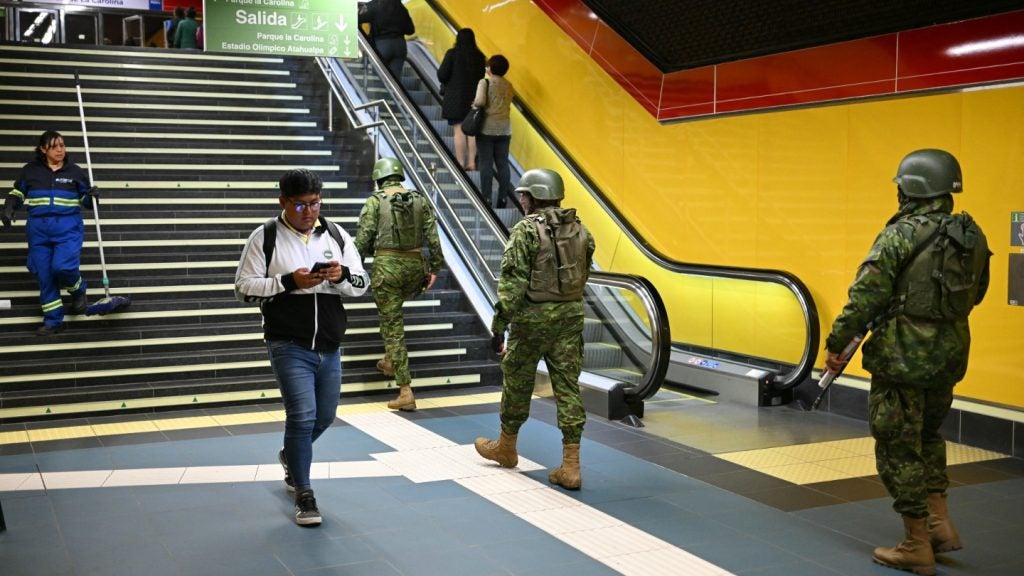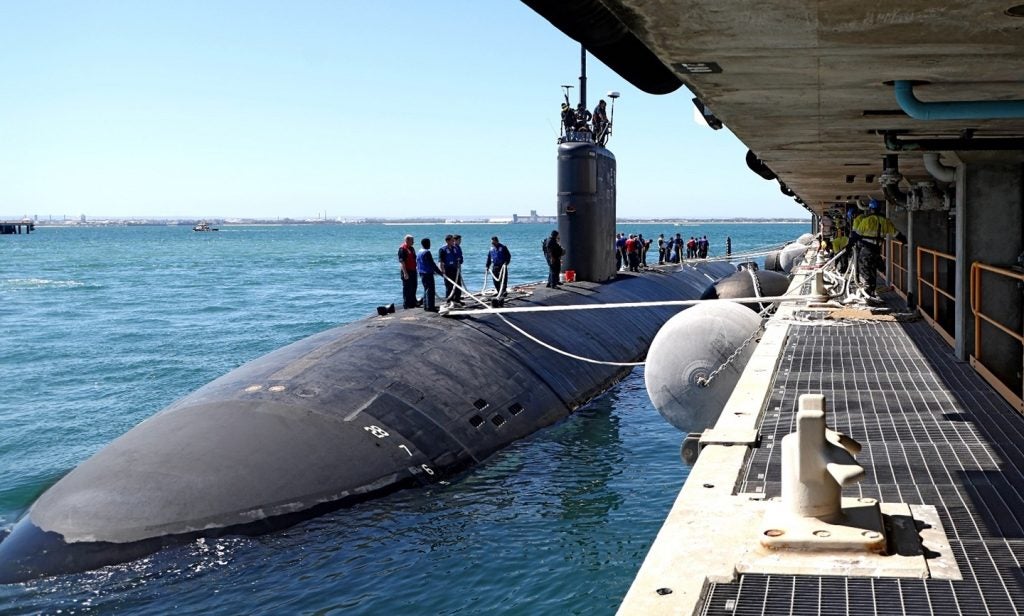
The British Royal Air Force (RAF) has received a Lanza Long Tactical Range 25 radar produced by Spain-based company Indra.
The advanced long-range air defence radar system is designed to support operations worldwide as it can be easily carried using in-service military vehicles and transport aircraft such as the C130J Hercules.
As it comprises a small number of components, the radar system can be rapidly deployed.
It can also be used to cover ‘gaps in coverage’ in response to national operational requirements in the UK.
Last year, Indra won a £13.1m contract from the DE&S Air Defence and Electronic Warfare Systems (ADEWS) team based at RAF Henlow station in Bedfordshire.
Under this contract, Indra agreed to produce Lanza Long Tactical Range 25 radar for the RAF’s Battlespace Management Force.
How well do you really know your competitors?
Access the most comprehensive Company Profiles on the market, powered by GlobalData. Save hours of research. Gain competitive edge.

Thank you!
Your download email will arrive shortly
Not ready to buy yet? Download a free sample
We are confident about the unique quality of our Company Profiles. However, we want you to make the most beneficial decision for your business, so we offer a free sample that you can download by submitting the below form
By GlobalDataADEWS team leader David Braun said: “This is one of the first major procurements by the MOD with Indra as a prime contractor, and certainly a first for ADEWS.
“Having never previously worked together, a great deal of effort has been put in to managing the new relationship and expectations on both sides. By adopting a collegiate approach and working through the issues together the project continues to make steady progress.”
According to RAF, the radar reduces the impact of wind farms.
Capable of rotating at two different speeds, the radar provides an Air Traffic Radar Service mode that has been ‘long desired’ by the RAF.
The radar will be put through major trials and is expected to enter into service by the mid of next year.
Last month, RAF concluded the Exercise Crimson Warrior, following three weeks of air activities.





